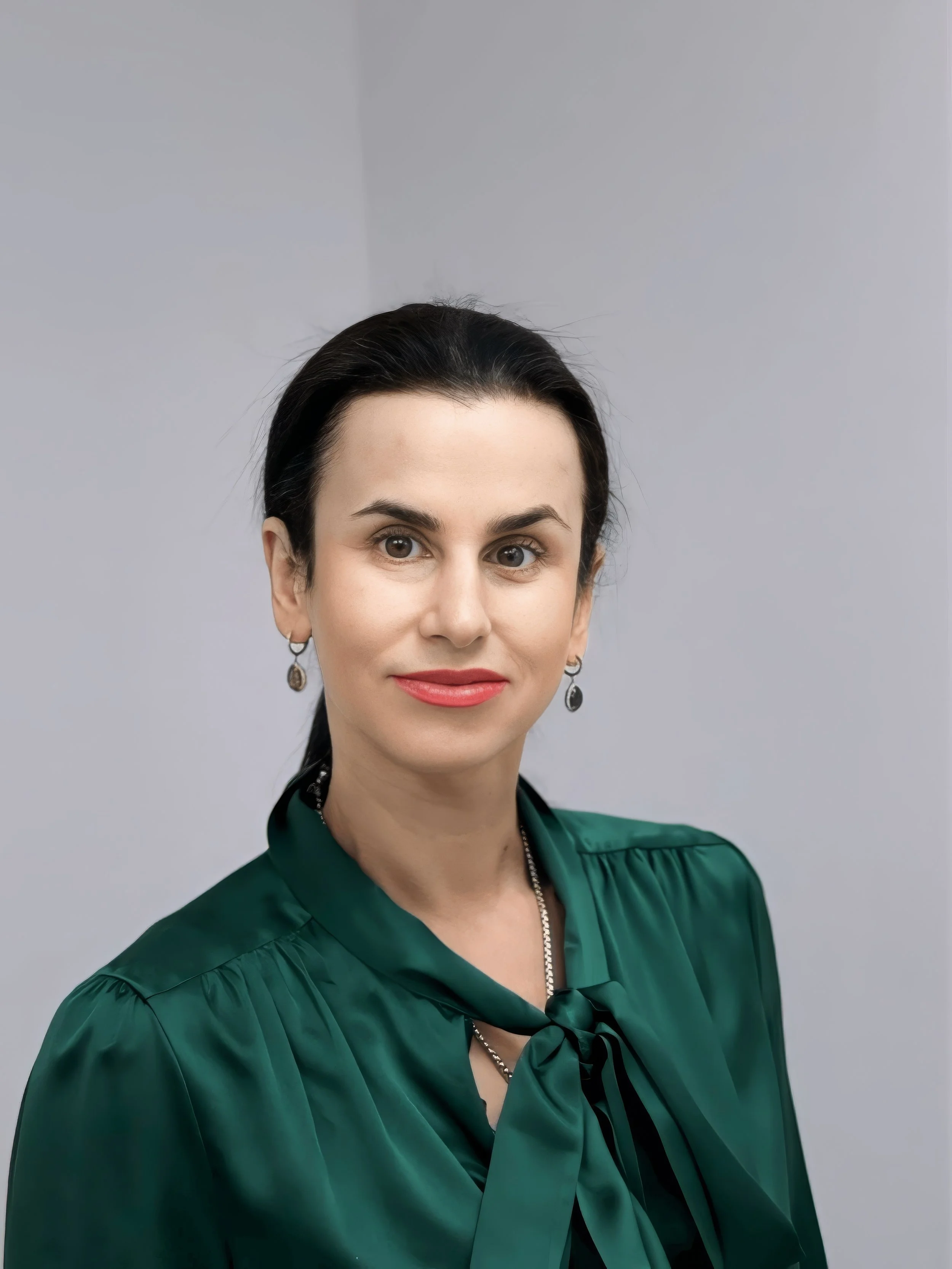Two Experts, One Mission: Great Sleep Happens with Physician–Dentist Collaboration
Empowered patients often become more engaged and compliant, leading to great outcomes.
The science of sleep is evolving rapidly, revealing just how crucial collaborative care can be—especially when it comes to managing sleep-related breathing disorders like obstructive sleep apnea (OSA). A powerful alliance is growing between sleep medicine physicians and dental sleep medicine practitioners, and patients are reaping the benefits. This post delves into why this collaboration is essential, what each specialty brings to the table, and the key takeaways everyone should know.
Understanding the Roles
Sleep Medicine Physicians:
Diagnose, treat, and manage a spectrum of sleep disorders, including OSA, insomnia, restless legs syndrome, parasomnias, and more.
Oversee comprehensive sleep evaluations, home sleep apnea testing and polysomnography (sleep studies), and coordinate multidisciplinary care.
Dental Sleep Medicine Practitioners:
Specialize in sleep-related breathing disorders, especially OSA and snoring.
Provide oral appliance therapy—custom devices worn at night that gently reposition the jaw and tongue to maintain an open airway.
Screen for dental and orofacial contributors to poor sleep, bruxism, and other sleep-related oral conditions.
Why Collaboration is Crucial
Comprehensive Patient Evaluation:
Many sleep-disordered breathing conditions go undiagnosed, in part because symptoms manifest differently in the dental and medical domains. Dentists, who see patients more frequently, can spot early warning signs—like bruxism, jaw misalignments, or tongue positioning—that physicians might miss.
Holistic Treatment Plans:
Combining physician-driven medical protocols with dentist-delivered oral appliance therapy creates a patient-centered, evidence-based approach. This is especially valuable for patients who cannot tolerate CPAP therapy.
Bridging Gaps in Care:
The merger of dental and medical expertise means earlier interventions (especially in children), improved compliance, and better long-term outcomes.
Safety and Efficacy:
Proper appliance fitting, side effect management, and follow-up by a qualified dental professional—working in tandem with a physician—minimizes risk and enhances treatment effectiveness.
Emphasis on Education:
Both disciplines benefit from mutual education, ongoing research, and regular communication to stay at the cutting edge of treatment options and diagnostics.
Key Teaching Points for Clinicians
Screening is a Team Responsibility:
Dentists should routinely screen for OSA using medical, dental, and sleep questionnaires. Physicians should ask about oral symptoms and consider dental referrals for appropriate cases.
Oral Appliances Work—But Only in the Right Patients:
Oral appliance therapy is proven effective, especially for mild to moderate OSA, patients intolerant to CPAP, or those with specific anatomical features.
Follow-Up is Critical:
Regular follow-ups are necessary to check appliance effectiveness, assess side effects (TMJ discomfort, dental changes), and coordinate adjustments with sleep physicians.
Multi-Disciplinary Communication:
Both sides must communicate: sharing diagnostic data, progress notes, and patient feedback ensures nothing gets missed and treatment stays aligned.
Consider Pediatrics:
Early dental and airway screening in children can prevent lifelong sleep and health issues.
Addressing Common Misconceptions
“Dentists shouldn’t diagnose sleep disorders.”
Dentists play a vital role in identifying potential sleep issues, but proper diagnosis requires physician oversight and appropriate sleep testing.
“Over-the-counter devices are the same as custom oral appliances.”
Only FDA-approved, dentist-fitted devices, tailored to each patient, are validated by research and supported by insurance.
“Once a patient has an oral appliance, they’re done.”
Ongoing monitoring, objective testing, and follow-ups are essential for long-term success.
Innovative Developments in the Field
Emerging Technologies:
New oral appliances, digital scanners, and telemedicine-assisted consultations are making care more accessible.
Educational Initiatives:
Organizations like the American Academy of Dental Sleep Medicine (AADSM) and the American Academy of Sleep Medicine (AASM) promote educational programs and consensus guidelines for effective collaboration.
Patient Perspective
Patients benefit the most from integrated care—less fragmented treatment, more support, and a broader toolkit for better sleep. Empowered patients often become more engaged and compliant, leading to great outcomes.
Want to Learn More?
I recently sat down with Dr. Maria Sokolina to discuss this topic on the Sleep Is My Waking Passion™ podcast. For the full conversation and more insights, listen to the episode here.
Final Thoughts
If you’re a clinician, dentist, or just want to take control of your health, now’s the time to embrace the collaborative model. The future of sleep health is interdisciplinary, innovative, and focused on the patient first.
Subscribe to my YouTube channel and catch the full episode here. Also available on Apple Podcasts & Spotify.
For more sleep tips, advice, and solutions, sign up for my monthly newsletter below, where we help you get the rest you deserve!
